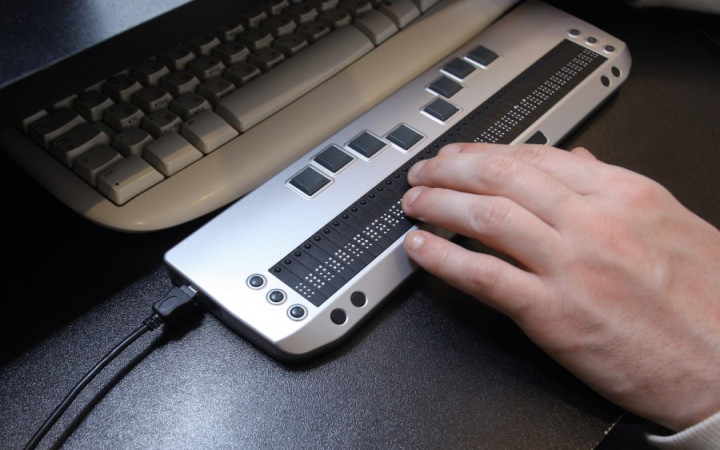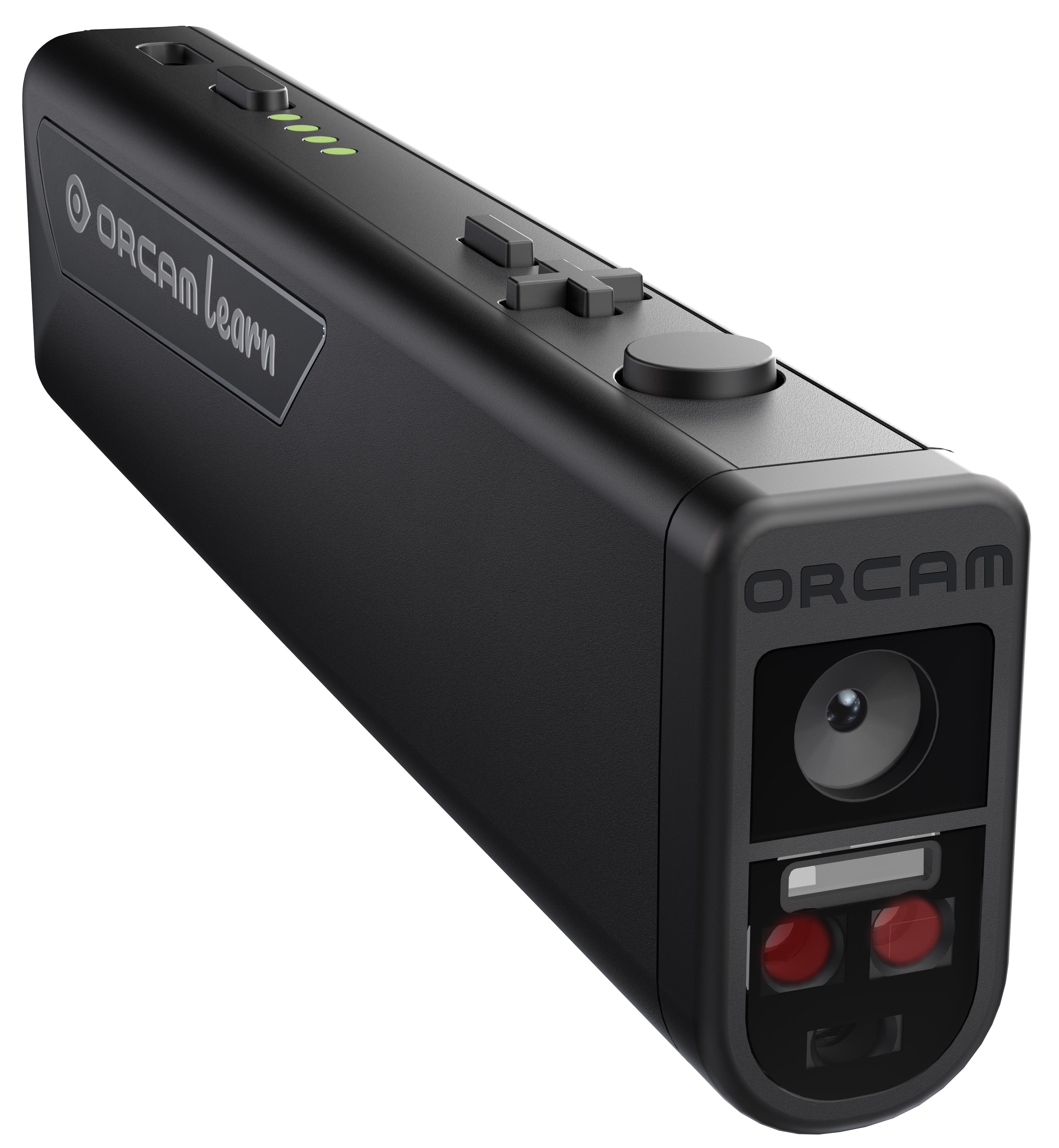Mobility Aids for Visually Impaired Users: Traveling the World with Confidence
Mobility Aids for Visually Impaired Users: Traveling the World with Confidence
Blog Article
Empowering Freedom With Assistive Innovation for the Blind
The integration of assistive modern technology into the lives of people with aesthetic impairments represents a considerable development in advertising self-reliance and self-sufficiency. From innovative screen readers to advanced wise walking canes, these tools not only enhance daily navigation and interaction however likewise equip individuals to involve meaningfully in different facets of life. As we check out the myriad advantages and real-world applications of these innovations, it comes to be essential to examine the hidden aspects that add to their effectiveness and the capacity for future advancements in this crucial area.
Review of Assistive Technology

The advancement of assistive modern technology is grounded in concepts of inclusivity and empowerment. Developments in software program, hardware, and sensory improvements give individuals with choices tailored to their specific requirements. From screen readers that convert message to speech, to tactile tools that communicate info with touch, these tools change the means individuals involve with their surroundings.
In addition to sensible applications, assistive technology promotes higher social addition and engagement in various sectors, including education and learning and employment (Braille displays and notetakers). As r & d remain to develop, the possibility for assistive innovation to even more enhance the lives of visually damaged individuals remains promising, leading the way for a much more fair society where everyone can prosper
Sorts Of Assistive Instruments
A range of assistive gadgets have arised to support individuals with visual impairments, each made to satisfy specific requirements and improve day-to-day functioning. These tools range from low-tech options to sophisticated innovations, supplying diverse options for customers.
Low-tech tools consist of magnifiers and large-print products that assist in analysis and writing. Braille tools, such as Braille stylus pens and slates, make it possible for tactile analysis and communication. Alignment and mobility help, like white walking canes, assist individuals browse their environment safely.
On the greater end of the range, digital zoom systems and screen readers offer substantial support. Digital magnifiers enable individuals to enlarge message and photos on screens, while screen readers transform electronic material into synthesized speech, assisting in access to details on smartphones and computers.
Mobile phone applications also play a critical function, giving functions like message acknowledgment and navigation aid. Wearable innovation, such as wise glasses equipped with enhanced truth, is arising as an appealing device to improve situational understanding.
Advantages of Assistive Innovation
The assimilation of assistive innovation substantially improves the lifestyle for people with aesthetic disabilities. These modern technologies empower users by promoting freedom, allowing them to browse their atmospheres better and perform daily jobs with greater convenience. Screen readers and magnifying software application allow people to accessibility digital information, promoting professional and instructional opportunities that may have previously been out of reach.
In addition, assistive tools such as smart canes and GPS applications supply real-time navigation aid, boosting mobility and security. This enhanced autonomy not only improves self-worth however additionally encourages social involvement, enabling customers to participate more fully in their neighborhoods.
Assistive innovation additionally More Bonuses promotes communication, helping individuals link with others through voice recognition and text-to-speech applications. This ability is crucial for keeping partnerships and accessing critical information.
In addition, the modification choices readily available with several assistive technologies make certain that customers can customize gadgets to their details requirements, further enhancing functionality and performance. Generally, the advantages of assistive technology for people with visual problems are extensive, promoting an extra comprehensive culture where everyone can pursue their desires and goals.
Study and Success Stories
Highlighting the transformative influence of assistive technology, many case researches illustrate just how people with visual disabilities have actually efficiently integrated these tools into their day-to-days live. One engaging instance involves an university student that made use of screen analysis software to browse academic materials and on the internet resources efficiently. This technology not only facilitated her education however likewise boosted her confidence in taking part in discussions and team projects.
Another study includes a professional that employs a smart device application created for navigating and item recognition. By utilizing this app, he has gained back freedom in both his individual and work settings, enabling him to commute individually and engage with associates better.
Additionally, a retiree shared her experience with braille e-readers, which enabled her to access a substantial range of literature and remain gotten in touch with her area with book clubs.
These success stories emphasize the essential role of assistive technology in promoting independence, enhancing lifestyle, and advertising social assimilation for individuals with visual disabilities (Screen readers for the blind). By accepting these cutting-edge devices, users can get over challenges and confiscate chances that add to their expert and individual gratification

Future Trends in Assistive Modern Technology
Technology in assistive technology is poised to redefine the landscape of support for people with visual disabilities. Arising trends stress the assimilation of artificial knowledge (AI) and equipment discovering, which improve the functionality of gadgets that aid with navigating and information ease of access. AI-driven applications are now qualified of translating visual data in real-time, enabling customers to involve with their setting a lot more independently.
Furthermore, the development of wearable modern technology is progressing rapidly. Smart glasses geared up with increased truth (AR) can give audio summaries of environments, transforming just how individuals engage with public areas. These tools not just promote autonomy but additionally foster social inclusion.
Additionally, the Web of Points (IoT) is making pop over to this site homes smarter, enabling seamless connectivity in between everyday home appliances and assistive gadgets. This connection equips individuals by allowing automatic responses and voice-activated controls customized to private requirements.
Final Thought
To conclude, assistive technology plays a crucial duty in equipping people with visual impairments by improving their freedom and try these out engagement with their environments. The diverse variety of applications and gadgets readily available not only facilitates navigation and interaction however also advertises social combination and chances for professional and personal growth. As developments proceed in this area, the potential for enhancing the high quality of life for those with aesthetic impairments will broaden, fostering greater autonomy and empowerment.

Report this page